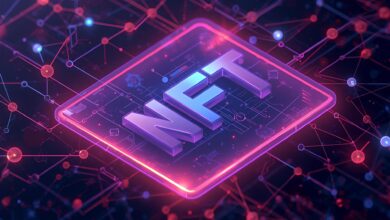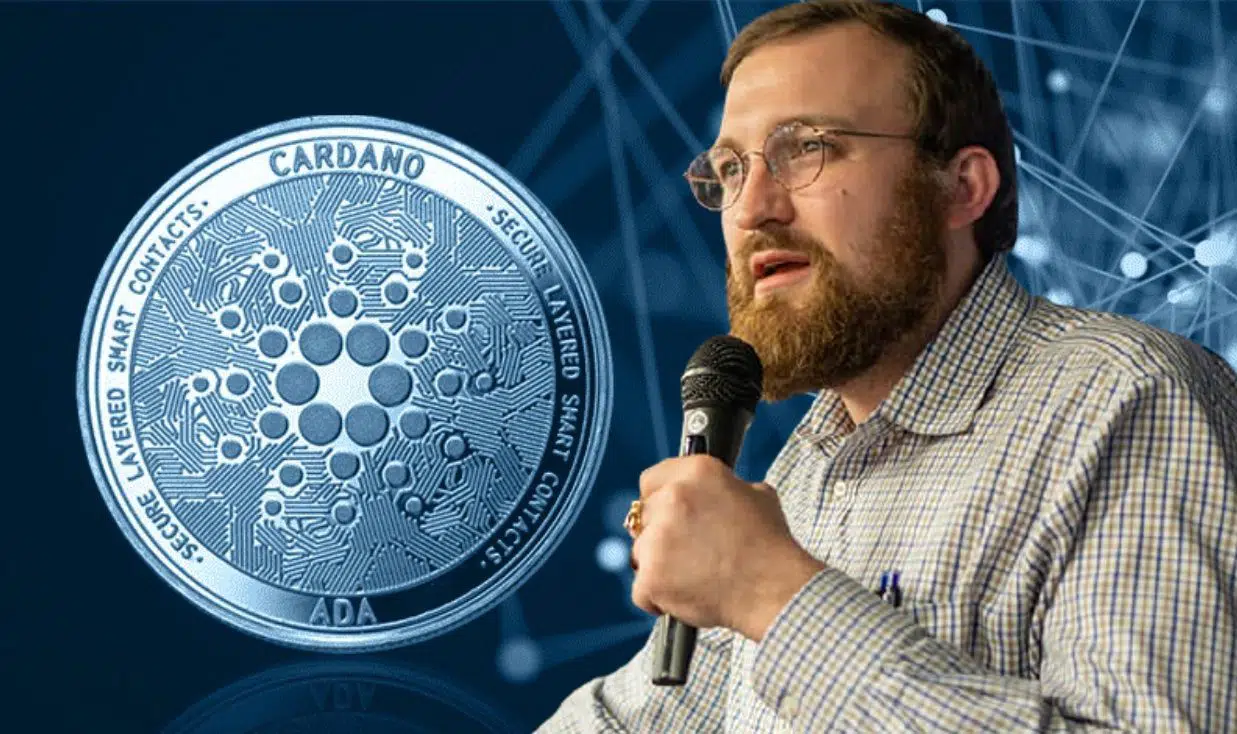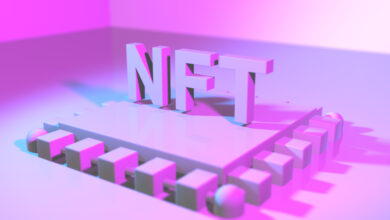Digital Art NFTs: The New Frontier of Creativity and Commerce
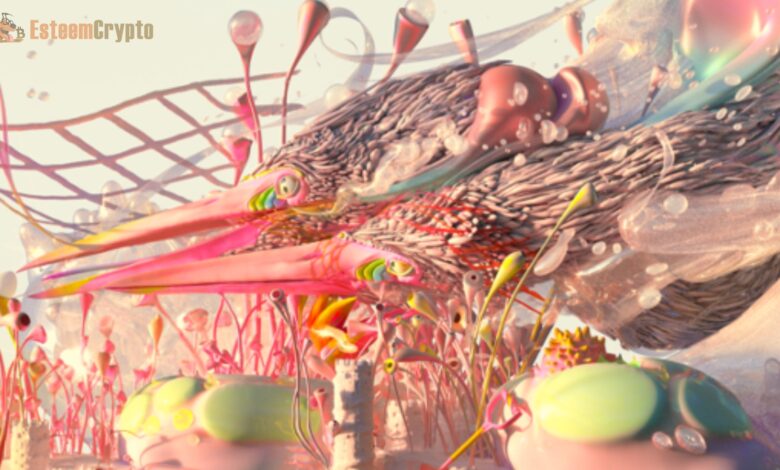
Digital Art NFTs: In the rapidly evolving digital landscape, non-fungible tokens (NFTs) have emerged as a groundbreaking technology transforming how we create, buy, sell, and perceive art. NFTs have opened new avenues for digital artists, providing a platform that recognizes their work and offers unprecedented opportunities for monetization and engagement with a global audience. This article delves into the world of digital art NFTs, exploring their rise, significance, and impact on the art world.
What are NFTs?
Non-fungible tokens, or NFTs, are unique digital assets verified using blockchain technology. Unlike cryptocurrencies such as Bitcoin or Ethereum, which are fungible and can be exchanged one-to-one, NFTs are distinct and cannot be exchanged for another NFT of equal value. Each NFT has a unique identifier and metadata that distinguishes it from other tokens, making it ideal for representing ownership of digital art, music, videos, and other forms of media.
The blockchain, a decentralized ledger system, ensures that each NFT’s ownership and authenticity can be verified and traced back to its original creator. This technology has introduced a new level of trust and security in the digital art market, where issues of piracy and plagiarism have been rampant.
The Rise of Digital Art NFTs
The concept of NFTs has been around since the early 2010s, but it wasn’t until 2017, with the launch of the Ethereum-based project CryptoKitties, that NFTs began gaining mainstream attention. CryptoKitties allowed users to buy, sell, and breed unique digital cats, each represented by an NFT. The game’s popularity highlighted the potential of NFTs and sparked interest in using the technology for other applications, including digital art.
The year 2020 marked a significant turning point for digital art NFTs. The global pandemic forced many artists to move their exhibitions and sales online, accelerating the adoption of digital platforms. At the same time, the rise of decentralized finance (DeFi) and the increasing popularity of cryptocurrencies created a fertile ground for NFTs to flourish.
One of the most notable milestones in the NFT art world came in March 2021, when digital artist Beeple (Mike Winkelmann) sold his NFT artwork “Everyday: The First 5000 Days” for $69.3 million at Christie’s auction house. This sale broke records and validated the legitimacy and value of digital art NFTs in the traditional art world.
How NFTs are Revolutionizing the Art World
Empowering Artists
NFTs have democratized the art world by providing artists direct access to a global market. Traditionally, artists had to rely on galleries, agents, and auction houses to reach potential buyers. This often involved high commissions and limited exposure. With NFTs, artists can mint and sell their work directly on various online marketplaces such as OpenSea, Rarible, and Foundation, retaining a larger share of the profits and reaching a broader audience.
Moreover, NFTs enable artists to earn royalties on secondary sales. Through smart contracts embedded in the blockchain, artists can receive a percentage of the sale price whenever their NFT is resold. This continuous revenue stream is a significant departure from the traditional art market, where artists typically do not benefit from the increasing value of their work after the initial sale.
Authenticity and Provenance
One of the biggest challenges in the art world is verifying the authenticity and provenance of artworks. Forgery and counterfeit issues have plagued collectors and institutions for centuries. NFTs address this problem by providing transparent and immutable ownership and transaction history records. Each NFT is linked to the original creator, and every transfer of ownership is recorded on the blockchain, ensuring that the artwork’s provenance is indisputable.
New Forms of Artistic Expression
The digital nature of NFTs allows artists to explore new forms of creative expression that were impossible with traditional mediums. Digital art can incorporate animation, interactivity, and generative elements, creating immersive and dynamic experiences for viewers. For example, artist Pak’s “The Fungible” collection on Nifty Gateway includes pieces that change over time based on the owner’s actions, blurring the lines between art and technology.
Additionally, NFTs have paved the way for collaborative projects and community-driven art. Platforms like Async Art enable artists to create programmable artworks where multiple artists can contribute to different layers of a single piece, resulting in a constantly evolving masterpiece.
Benefits of Digital Art NFTs
The ability to safely store and trade digital art NFTs with companies like OKX—a cryptocurrency exchange app—is only one of many advantages these assets bring to artists and collectors. Additional benefits include: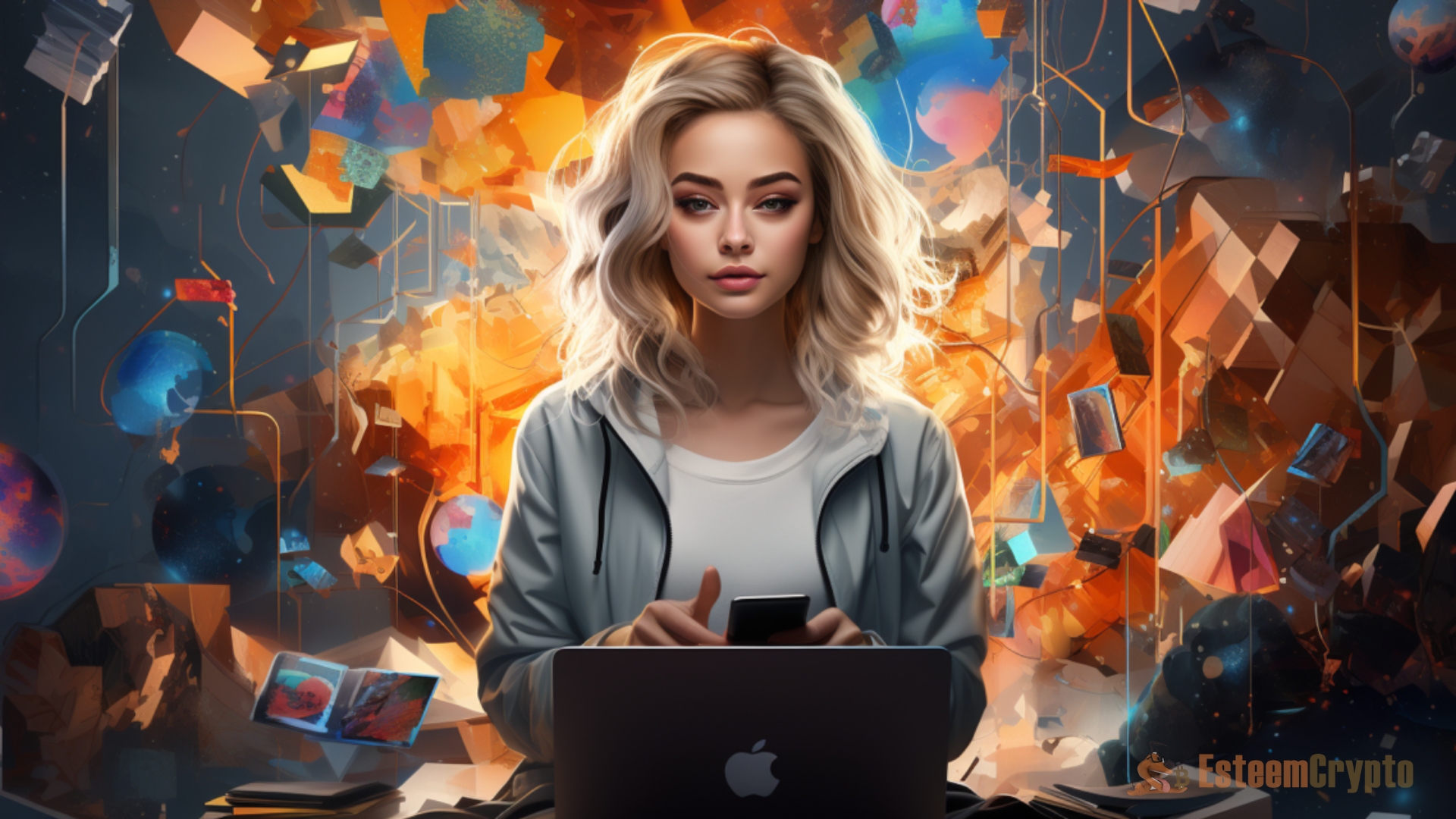
The Ability to Track Artwork
They allow creators to verify and monitor who owns their digital works, which facilitates their ability to safeguard their work from copyright infringement and piracy.
Investment Opportunities
Digital artwork Collectors can invest in digital artwork using NFTs. By acquiring an NFT, collectors can possess a one-of-a-kind digital work of art and exchange it in the marketplace. As a result, artists have access to a fresh revenue stream, and collectors have a new investment option.
The Transparency
Digital art NFTs offer more transparency than more conventional forms of art. Anyone can see where digital artworks came from because the blockchain records who owns the NFTs. As a result, potential buyers have more faith in digital artworks and find them more appealing.
Monetize Artwork
Digital art NFTs open up a world of possibilities for artists to make money from their digital artworks. For instance, on Rarible and similar platforms, creators can mint their own NFTs and decide how much to charge for them. This not only gives them more money but also gives them more say over their jobs.
The Marketplace for Digital Art NFTs
The NFT marketplace has grown exponentially, with numerous platforms catering to different niches and audiences. Some of the leading NFT marketplaces for digital art include:
OpenSea
OpenSea is one of the largest and most popular NFT marketplaces, offering a wide range of digital assets, including art, music, virtual real estate, and collectibles. Artists can mint their NFTs on the Ethereum blockchain and list them for sale, while buyers can browse and purchase from a diverse digital art collection.
Rarible
Artists may mint, purchase, and sell digital art on Rarible, a decentralized NFT marketplace, without the need for middlemen. A governance token called RARI is part of Rarible. It allows users to vote on platform improvements and rules, creating an ecosystem driven by the community.
SuperRare
SuperRare is a curated NFT marketplace that focuses on high-quality digital art. Each artwork on SuperRare is a unique, one-of-a-kind piece, and artists must be invited or approved to join the platform. SuperRare’s emphasis on exclusivity and quality has attracted many established digital artists and collectors.
Foundation
Foundation is another invitation-only NFT marketplace that has gained popularity for its focus on digital art and creative projects. The foundation’s user-friendly interface and vibrant community make it an attractive platform for emerging and established artists.
The Future of Digital Art NFTs
The future of digital art NFTs looks promising, with several trends and developments shaping the landscape: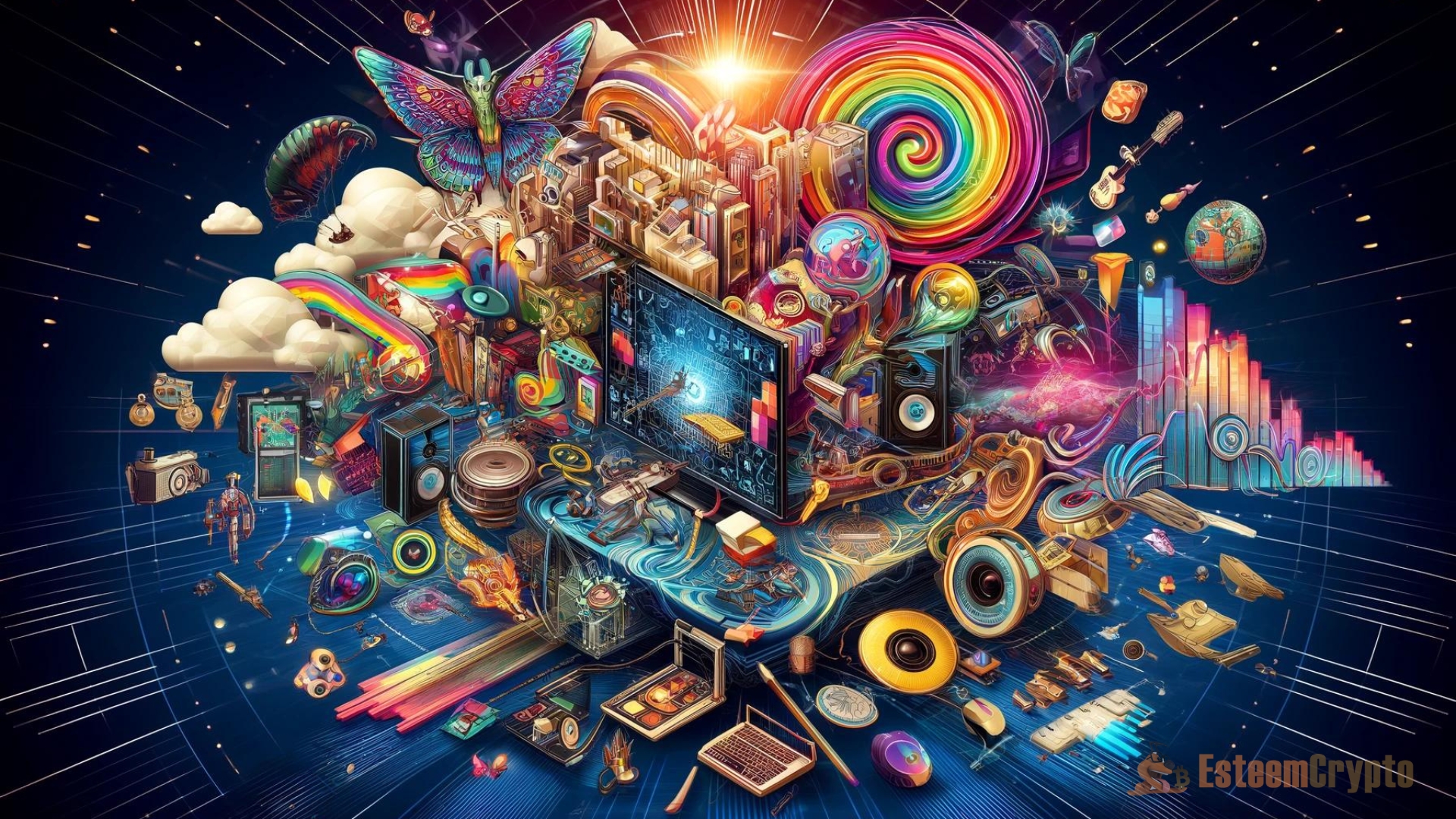
Integration with Virtual and Augmented Reality
As virtual and augmented reality technologies advance, NFTs are expected to play a crucial role in these immersive environments. Virtual galleries and exhibitions can showcase NFT art in ways that mimic physical spaces, allowing artists to reach new audiences and collectors to experience art innovatively. Platforms like Decentraland and Cryptovoxels offer virtual worlds where users can buy, sell, and display NFT art.
Sustainability Concerns and Solutions
The environmental impact of NFTs, particularly those on the Ethereum blockchain, has been debated. The energy-intensive process of minting and transacting NFTs has raised concerns about their carbon footprint. In response, there is a growing movement towards more sustainable blockchain solutions. Ethereum’s transition to a proof-of-stake consensus mechanism with Ethereum 2.0 and the development of eco-friendly blockchain platforms like Tezos and Flow aim to reduce the environmental impact of NFTs.
Expansion of Use Cases
Although digital art is the most common use case for NFTs, their potential applications are vast. NFTs can represent ownership of virtual real estate, gaming assets, music, videos, intellectual property, and even physical items. As the technology matures, we expect to see a proliferation of NFT use cases across various industries.
Legal and Regulatory Developments
As the NFT market grows, so does the need for clear legal and regulatory frameworks. Issues related to copyright, intellectual property rights, and taxation are still being navigated, and governments and regulatory bodies are starting to address these challenges. Establishing clear guidelines will protect artists, collectors, and investors excellently, fostering a more stable and transparent NFT ecosystem.
Conclusion
Digital art NFTs have ushered in a new era of creativity and commerce, revolutionizing how we create, buy, and sell art. By leveraging blockchain technology, NFTs provide a secure and transparent way to verify the authenticity and ownership of digital assets, empowering artists and transforming the art market. As the NFT space continues to evolve, it holds immense potential to shape the future of art and various other industries. Despite environmental concerns and the need for regulatory clarity, the future of digital art NFTs looks bright, promising a dynamic and innovative landscape for artists, collectors, and enthusiasts alike.

